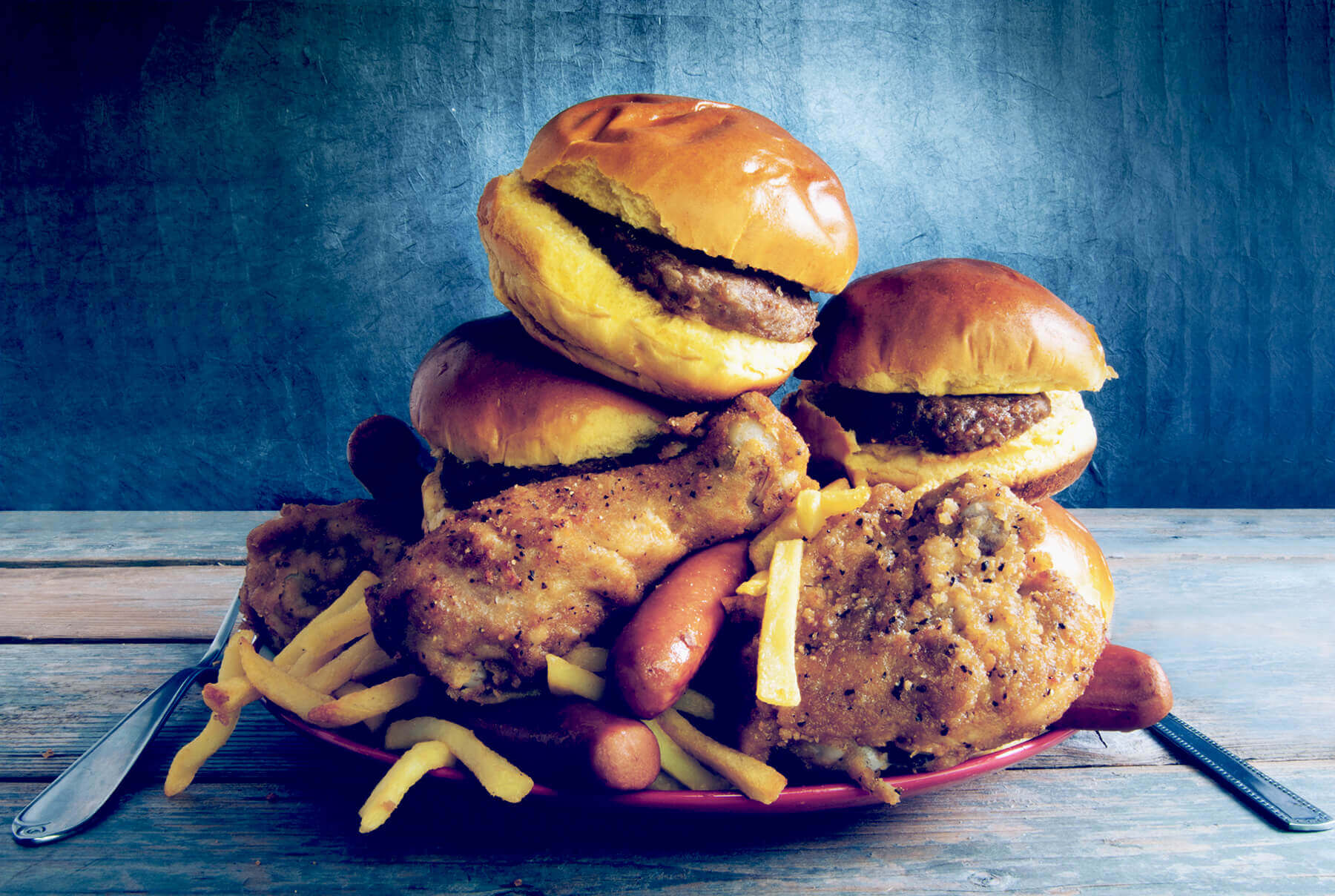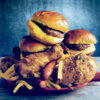Do you need to eat big to get big or can you make gains by being in a slight surplus or even at maintenance calories? Were “bulking periods” just a myth? New data on the topic suggests they may have been!
Overview
What did they test? The researchers looked at the effects of eating at maintenance calories versus eating at calorie surpluses of different magnitudes (5% vs 15%) on strength and hypertrophy.
What did they find? Overall, eating at maintenance resulted in similar muscle and strength gains with the biceps benefiting growing a bit more in the calorie surplus groups. The groups that gained the most body weight also gained the greatest amount of body fat.
What does it mean for you? Gaining as much weight as possible is probably not the best way to approach muscle growth as you’ll just end up gaining an unnecessary amount of fat. Instead, a slight calorie surplus (5-10%) will be more than enough to maximize muscle gains.
What’s the Problem?
“Eat big to get big” must be one of the most rehashed sayings in the world of building muscle and strength. From crazy stories of professional bodybuilders in their off-season looking almost like obese individuals who don’t even lift to eating motivational videos on YouTube (yes, that’s a thing), gaining a significant amount of weight is almost synonymous with becoming as muscular as possible.
When meeting an experienced lifter, It is common to hear stories about crazy bulking cycles. Stories that, more often than not, come with some form of regret in regards to the ratio of muscle and fat gained. I personally remember how when I was just starting my undergraduate degree, my friends and I gained almost 40 lb in just over 5 months, thinking that it was what we needed to do in order to maximize muscle gain. We would literally train as hard as we could for a few hours per day and then eat as much as we could without really thinking much about how fast we were gaining weight or whether it was all muscle. The internet had spoken and the message was very clear:
“You must eat big to get big”.
Now, don’t get me wrong, a calorie surplus is important in maximizing muscle gain 1, but the idea that you need to be gaining a ton of weight to ensure you’re gaining as much muscle as possible stems mostly from anecdotes of high-level bodybuilders (eg: Lee Priest, Jay Cutler etc). The problem with observing high-level bodybuilders in an attempt to draw inferences that apply to the average person that wants to gain as much muscle as possible lies in the fact that high-level bodybuilders are not only elite genetic freaks but also use performance-enhancing drugs (PEDs). The combination of PEDs and elite genetics make it difficult to generalize any observations made to the average trainee, especially when there are also plenty of high-level bodybuilders who did not gain significant amounts of fat during their “off-season” periods.
In later years, the concept of “lean gains” has gained quite a bit of traction. “Lean gains” essentially involves gaining weight at a much more conservative rate with the aim being to maximize muscle gain while minimizing fat gain. Although the literature on the effect of different types of surpluses on muscle and fat gain in trained individuals is somewhat limited, the current recommendations derived from the literature are for trained individuals to consume calories that are roughly 5-20% over their maintenance calories, resulting in roughly a 250-500 calorie surplus 2. However, it is still not clear whether different surpluses are better for muscle gain and whether maintaining your body weight may also be enough to make meaningful gains in muscle size.
But what a coincidence! A new study that is hot-off-the-press looked exactly at that!
Enter “Effect of Small and Large Energy Surpluses on Strength, Muscle, and Skinfold Thickness” by Helms et al!







